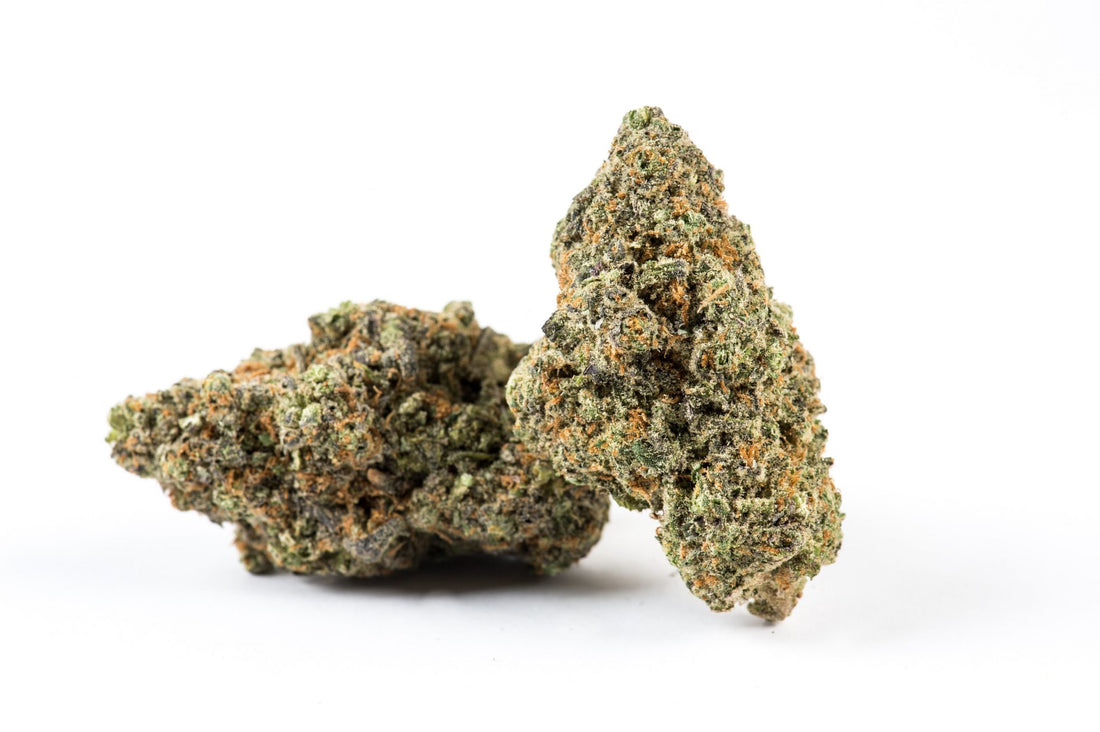Cannabis extraction is a process that allows for the isolation of specific desirable compounds from the plant material. These compounds can be used for various purposes, such as making medical products or creating concentrated cannabis vape products. The quality of the final product is determined by the quality of the starting material – known as the “golden rule” of cannabis extraction.
The “golden rule” of cannabis extraction (high-quality starting material = high-quality extract)
The quality of the material you start with will have a significant impact on your end product. It’s always good advice that we should keep at heart as extractors! When working with beaten up, old or damaged flower material, it makes it much easier for the solvent to pick up undesirable compounds like chlorophyll which will render your final extract bitter tasting and dark green/brown in colour. There are still ways to extract potent medicine from poor-quality material, but it requires further refining processes and special attention. Whether your starting material is fresh and fully intact or old and ground up into dust will also play a major role in the quality of the end product.
There are three different forms of starting material that will offer different qualities to the final concentrated extract. Let’s take a look at the pros and cons of them all to find out which one we believe is best. Before we get started it’s always good practice to deep-freeze your solvent and material no matter what quality or condition it’s in for 24 hours minimum before extracting.
Fresh, fully intact, dried buds.
When you work with fresh, fully intact, dried buds, it makes it difficult for the solvent to pick up unwanted green chlorophyll from the plant material. You essentially just wash your preferred frozen solvent over the fully intact nugs and the resulting extract will be super high quality, golden in colour and free from undesirables. The only downfall to this method is it’s difficult for the solvent to penetrate into the centre of the flower and pick up all the cannabinoid and terpene-rich resin, meaning yields are low and the material will require further extraction once ground up into smaller pieces.
Broken up buds
The process of breaking up buds by hand, into smaller 1-2cm sized pieces while doing as little damage as possible will offer a dramatic improvement in yield with no real decline in quality. The buds being lightly broken up means the solvent can penetrate deeper into the material and pick up more of the prized cannabinoids and terpenes.

Ground up material
Working with ground-up material offers the best yields because it allows for plenty of free movement between surfaces, which picks up maximum cannabinoids. The main downfall to this form of material is you also pick up a bunch of undesirables like lipids, waxes and chlorophyll. This results in a much heavier yield in final concentrates but the quality is severely sacrificed. This method is favoured by industrial cannabis extraction companies for the reason explained above. High Yields!

Conclusion
Quality and yield efficiency are always competing against each other so achieving the right balance that works best for you takes some experimentation. We should expect to see more green plant matter leaching out of damaged material. The opposite would happen with intact flowers which means we can avoid picking up any undesirables by using only whole pieces and keeping the soak time down to a minimum! Ethanol has a major advantage in that material can be processed multiple times until you are certain there are no valuable cannabinoids left. So you could start with freshly intact buds for the top-tier extract and work your way down to fully ground-up material. It goes without saying that all the extracts and vape cartridges found on the HighKind website use the most premium quality material available.
Picture- 200g of a beautiful golden extract from fully-intact flowers


